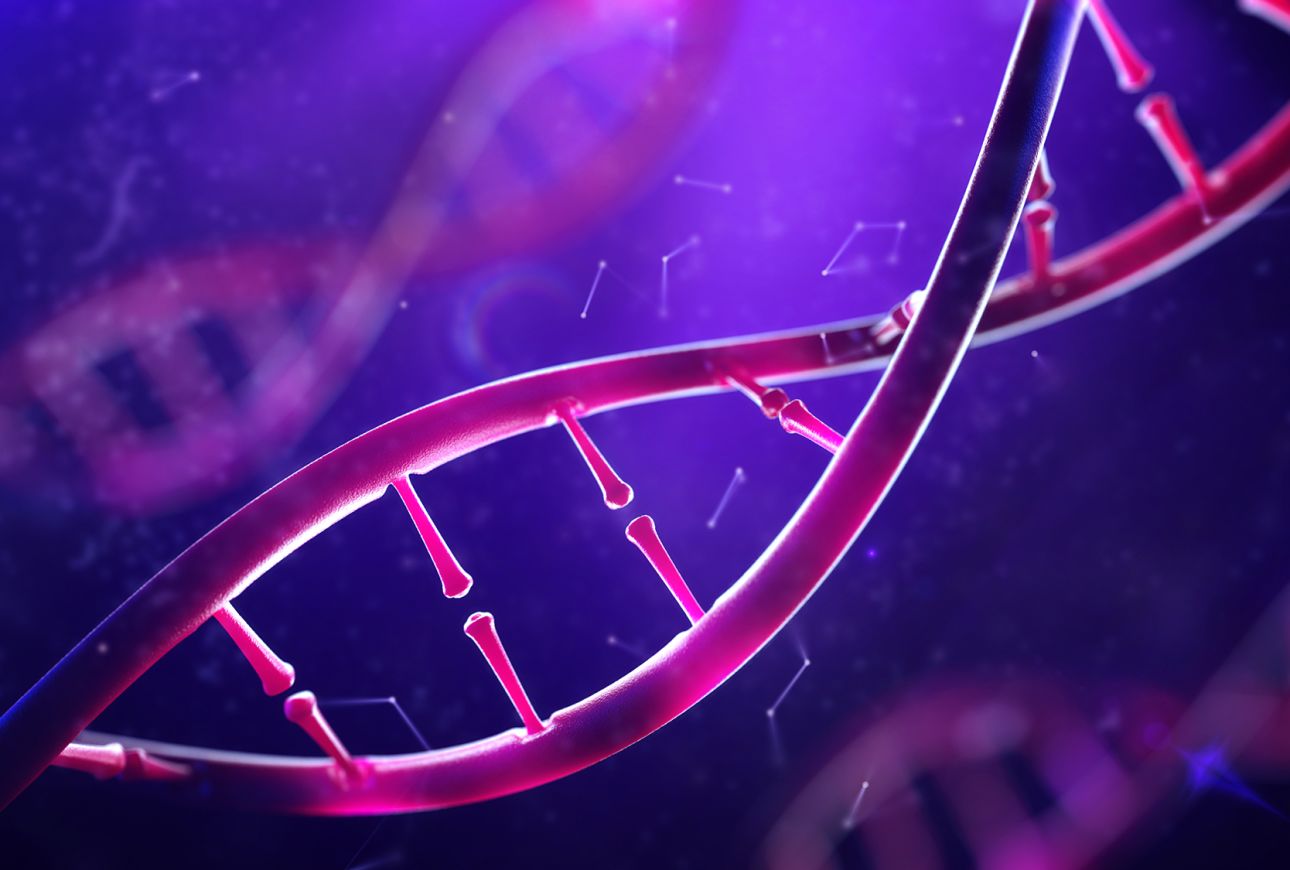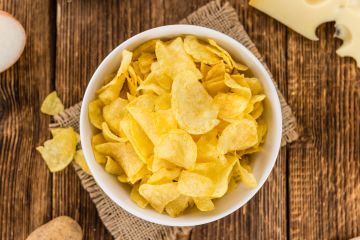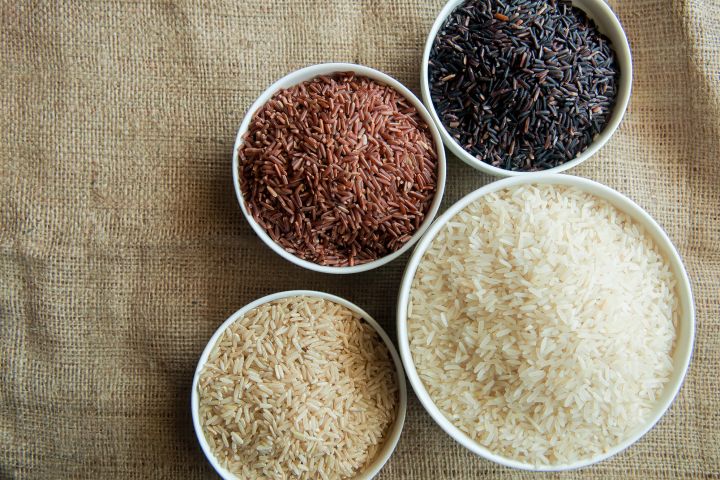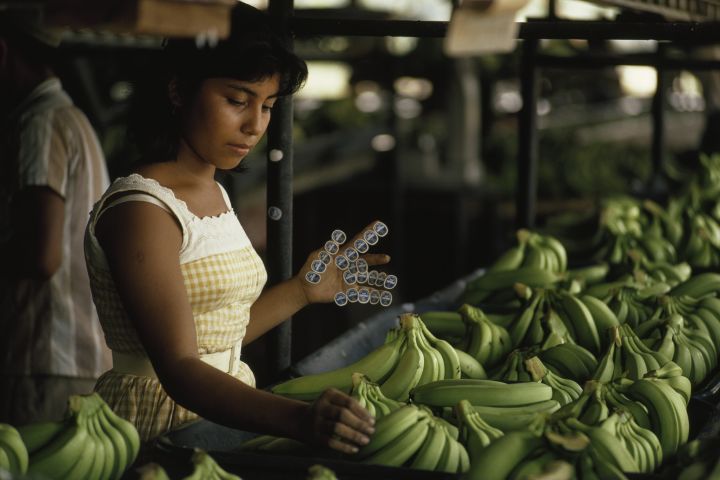IDEA SET
IDEA SET
Biotechnology and Agriculture
Biotechnology and Agriculture
Biotechnology is helping farmers feed the world. Use these ideas to help students think through how these technologies will change the way we live.
Grades
6 - 8
Subjects
Biology, Genetics, Earth Science, Geography, Human Geography, Social Studies

Photograph by Artem_Egorov
Biotechnology commonly includes a set of methods that scientists and engineers use to modify the genetic composition of organisms. Some methods, such as selective breeding, are extremely old and have been used since the beginning of agriculture. Others, such as genetic engineering, have only been recently developed and have already made a big impact on commercial agriculture and the food industry. Use these ideas to help students understand this rapidly changing field.

Debating the Future
Scientists can use many different techniques to produce better crops. These crops might produce larger fruit, contain more nutrients, or have longer shelf lives. Have students read about the different crop engineering techniques in the Breeding a Better Crop infographic. Then divide the class into five groups and assign each group one of the techniques on the infographic to research. During their research, prompt students to explore examples of how the technique is used in real life and the science behind the technique. After they have completed their research, have each group discuss the pros and cons of the technique.
Finally, tell students to imagine that a company is developing a strain of potatoes with less water content. These potatoes will be drier so that, when fried, they produce crispier French fries and potato chips. As a class, have students debate which breeding technique should be used to produce these new potatoes. First, have each group present an argument for why their technique would be the best. Then allow one or two rounds of rebuttals.

Building Better Rice
New strains of rice have been produced by selectively breeding different parental strains with each other. Each parental strain had some favorable characteristics. Through selective breeding, these traits were passed down to and combined in the new strain. Have students examine the The Path to Flood Tolerant Rice infographic to understand the breeding strategy that was used. Then have students model this breeding technique with a card game.
- Prepare a deck of red, green, and yellow index cards. Make sure there are at least two index cards of each color per student (for a total of six index cards per student).
- Randomly place a star on one-fourth of the red, green, and yellow index cards.
- Mix all the cards together with the stars facing down. Then have each student choose two index cards of each color.
- Tell students that the red index cards stand for vitamin B production, the green index cards for drought tolerance, and the yellow index cards for disease resistance. The cards with stars represent alleles with favorable traits. Scientists want to combine all three favorable traits in one new strain of rice. They will accomplish this through selective breeding.
- To model the process of selective breeding, have each student select a partner (they can tell each other what gene cards they have). They should place their cards face down on a table so they cannot see the stars. They should then mix the cards together, and each student should draw two red, two green, and two yellow cards from the pile. The new hand of cards represents the genotype of the new strain of rice.
- Have students repeat the card exchange with other partners until someone has a hand where all the cards have stars. This represents a strain of rice that possesses all the favorable traits.

Impact of Cloning on Farming
Cloning is often a science fiction plot point. In the Star Wars movies, cloned humans were used as soldiers in battle. In Jurassic Park, cloned dinosaurs were used to populate a theme park. Use this activity to lead students to think about how cloned animals may affect the food supply chain in the future.
Have students read this encyclopedia article on cloning. Then ask students to think about how farmers can use cloning in animal husbandry. Will farmers be able to raise hens without roosters? Will growers be able to produce animals faster because they do not need to wait for them to reach reproductive age? Will genetic diseases be eliminated in domestic animals?
Based on their ideas, have students write a short, fictional essay about a world in which farmers widely use cloning. Have them explain how cloned animals have changed farming. In their essay, they should describe the technology, how it is used, and how it has impacted society.
Media Credits
The audio, illustrations, photos, and videos are credited beneath the media asset, except for promotional images, which generally link to another page that contains the media credit. The Rights Holder for media is the person or group credited.
Director
Author
Production Managers
Program Specialists
other
Last Updated
January 2, 2024
For information on user permissions, please read our Terms of Service. If you have questions about how to cite anything on our website in your project or classroom presentation, please contact your teacher. They will best know the preferred format. When you reach out to them, you will need the page title, URL, and the date you accessed the resource.
Media
If a media asset is downloadable, a download button appears in the corner of the media viewer. If no button appears, you cannot download or save the media.
Text
Text on this page is printable and can be used according to our Terms of Service.
Interactives
Any interactives on this page can only be played while you are visiting our website. You cannot download interactives.